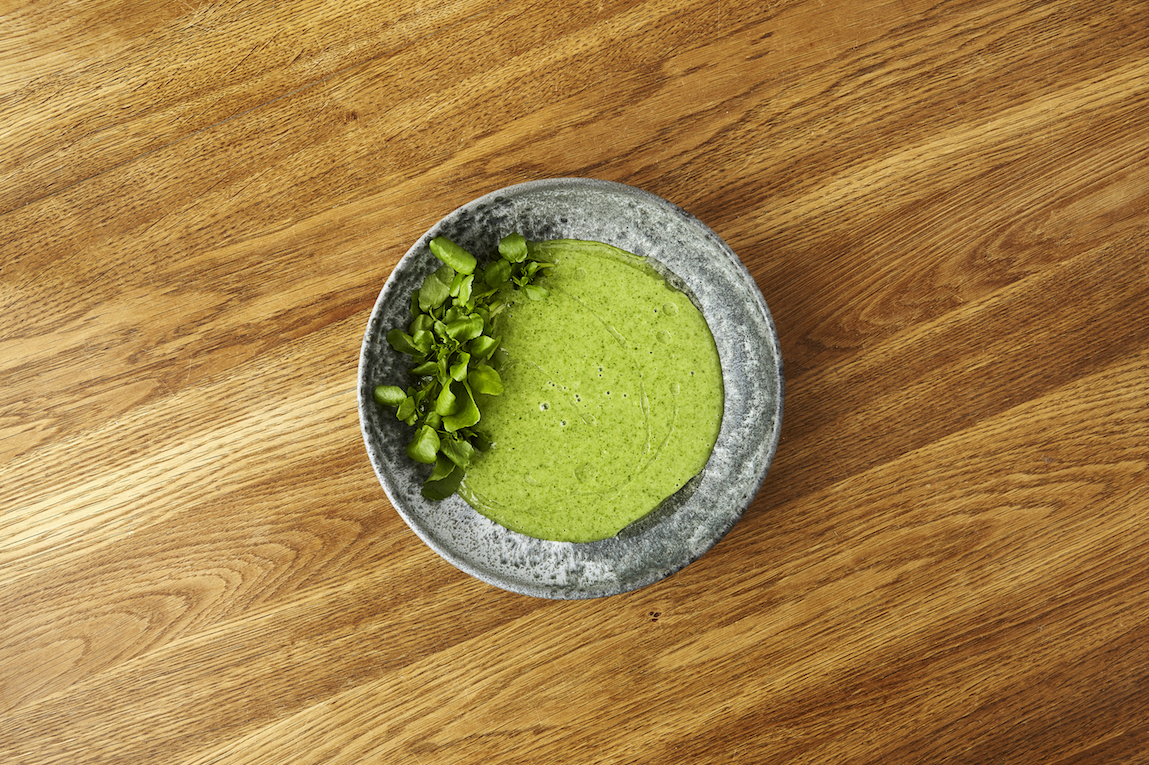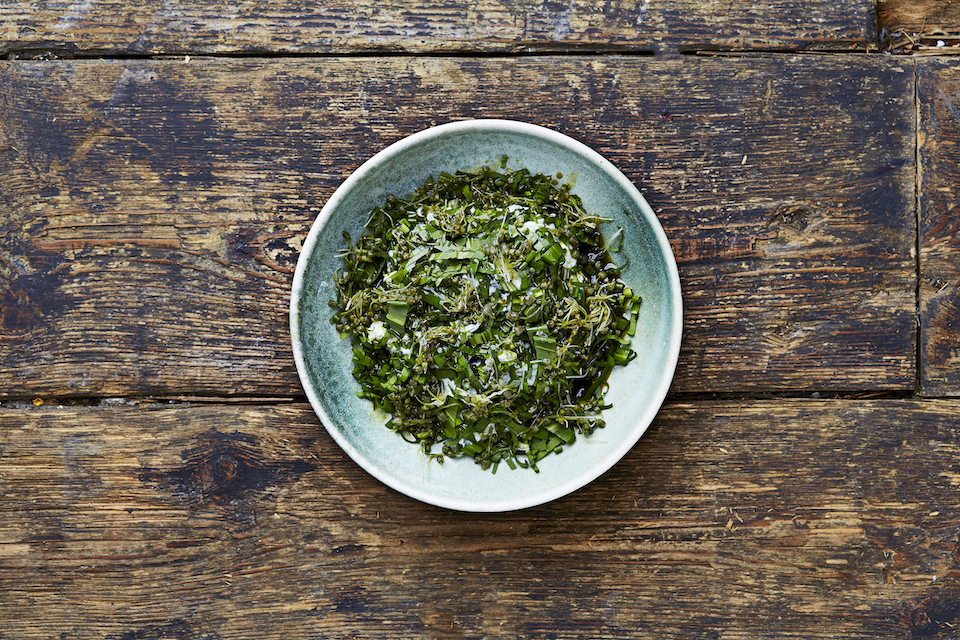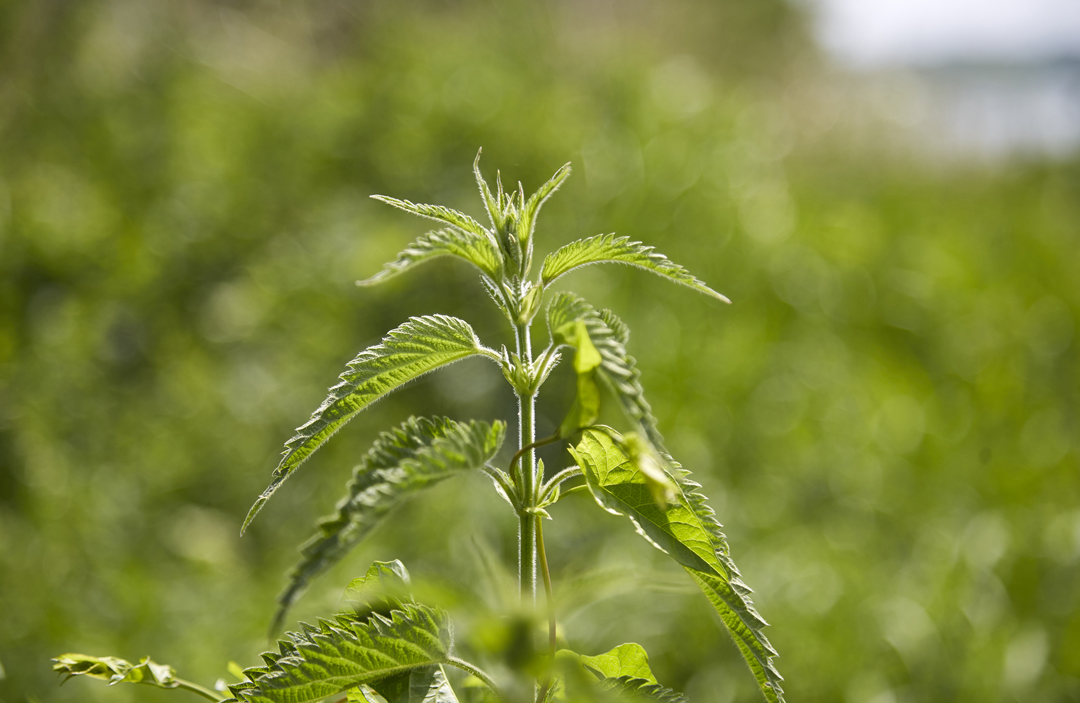
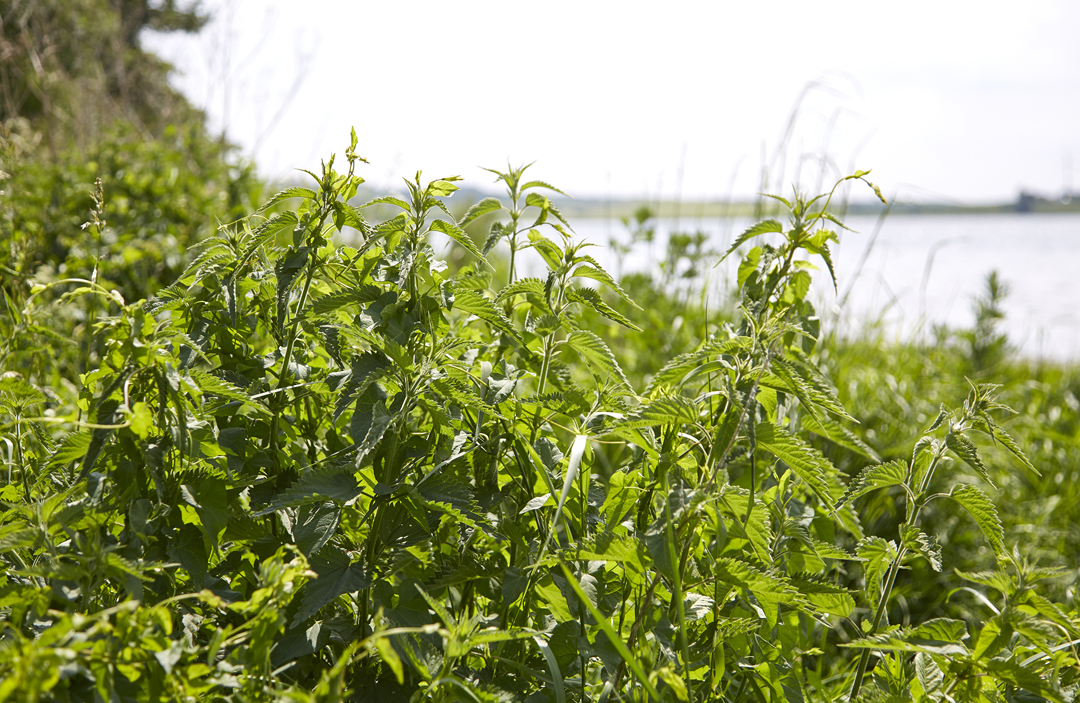
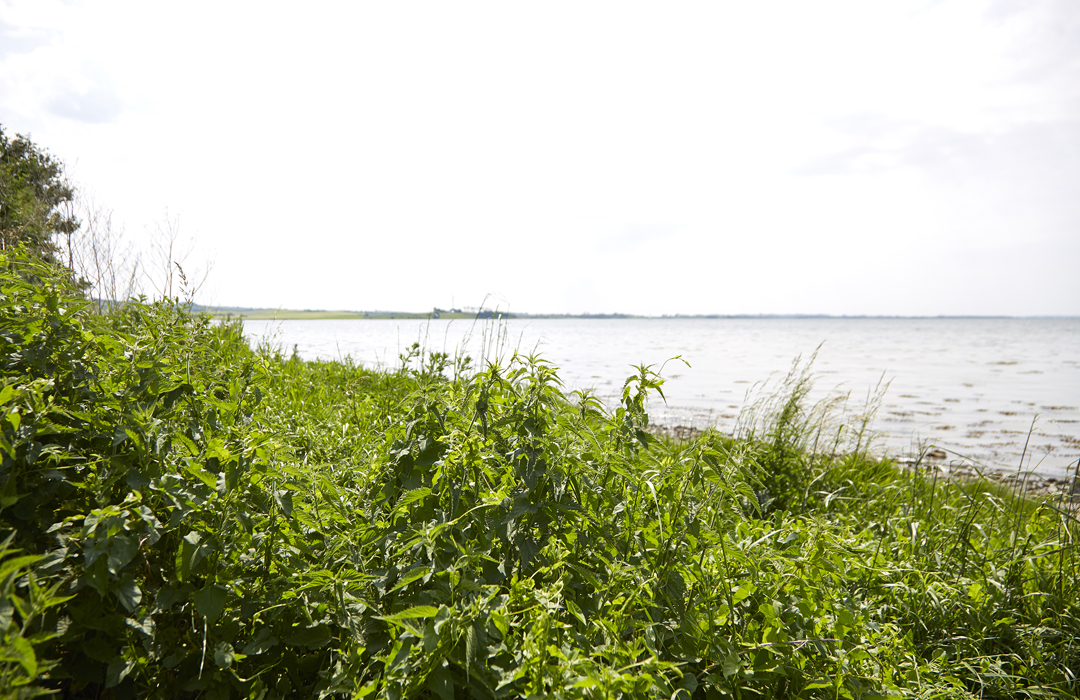
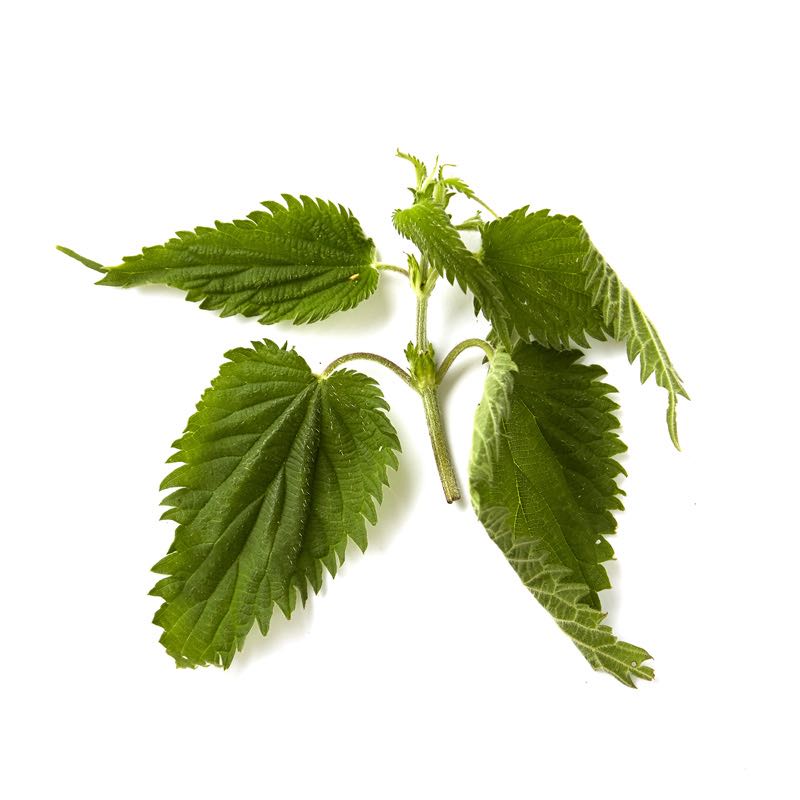
Common nettle
Often referred to as stinging nettle, common nettle has a sturdiness and spicy flavor that make it suitable for many types of dishes. It’s also a high-yield plant that grows almost as quickly as you can harvest it.
-
Where to Find It
Common nettle is a hardy plant that can be found anywhere with nutrient-rich soil, including hedges, roadsides, forests, woodland edges, suburban lawns, meadows, and alongside streams and the sea. It especially likes shrubbery. If allowed, it will take over large swaths of land, especially where trees have been cleared or after a forest fire.
Salt marshes, streams, beaches, deciduous forests, coniferous forests, towns, hedges, roadsides, grasslands.
-
When to Find It
You can pick common nettles from March until November.
Entire plant: March, April, May, June, July, August, September, October, November. Seeds: August, September, October, November.
-
How to Spot It
Common nettles have serrated leaves that grow in pairs on either side of the stem and that are densely covered with small, stinging hairs. As fall approaches, the plant grows seeds in small, oblong clusters. Common nettles can reach lengths of 80 cm and will creep along the ground as they grow.
-
How to Pick It
In early spring you can pick the entire plant, but as they grow larger, you should focus on the fresh shoots. In summer, that will mean the top 15 cm of the stem, with between four and six pairs of leaves, though when the plant grows out—usually in a couple of weeks—you’ll be able pick from it again. Once common nettles begin to grow seeds, however, they are no longer very fun to handle. You’ll definitely want to use scissors and gloves so you don’t get stung.
Risk of misidentifying the plant
There is no risk of mistaking the plant for another dangerous or undesirable plant.


